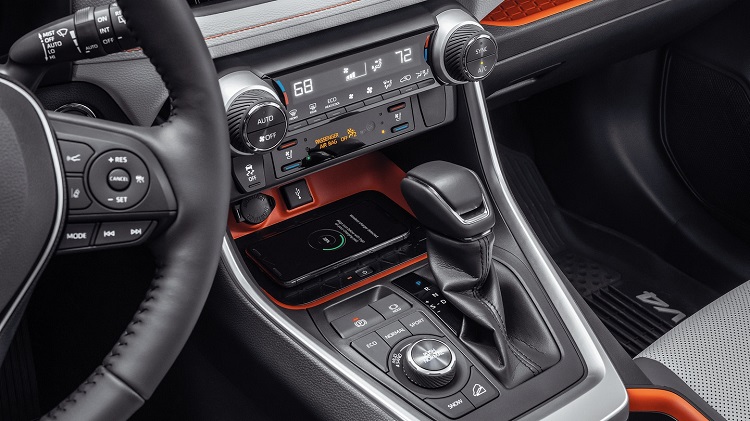Inflation in our economy has reared its ugly head for the first time in over 40 years, at the rate of 7.04 percent for the 12 months ending in December. I hear everywhere from people that it is hitting the pocketbooks of everyday Americans pretty hard. Of particularly hard-hit areas, consider that the consumer price index for food prices was up in December 6.3 percent over the previous year, used car and truck prices are up something like 37 percent with new cars clocking a 14 percent jump, gasoline prices are up 50 percent year over year, natural gas prices nearly doubled in 2021, and housing costs are on the rise — rents, yes, but especially in home building. There are many other sectors posting significant price increases as well, like apparel, appliances and other household goods, and electronics.
What’s fascinating to me about all of this is that inflation has been so relatively low for so long — posting years and years of rates hovering in the 0 to 3 percent area since the early 1980s — that most people under 60 years of age have no experience with inflation, and those of us over that age have gotten used to those mild hits and don’t remember much about the big bouts.
I do, though. Just as I was, as they say, coming of age in 1974, the inflation rate for the year topped 12 percent and was very hard on the populace. That autumn, our very new and unelected president, Gerald Ford, announced a big-deal program called Whip Inflation Now, WIN, and with a rousing speech and programs asked the American people to curtail spending, plant “victory gardens,” carpool, turn down thermostats, and put more money into savings. Also, the White House asked Americans to send in their ideas on how we could all “whip inflation;” in return people were sent a very nice WIN button that would signify how we were on the anti-inflation team. (I wish I still had mine.) The program didn’t work, of course, as inflation continued to surge for another eight years or so, costing Ford the 1976 presidential election and then also claiming his successor, Jimmy Carter, a re-election attempt in 1980.
Each era, of course, has its own causes for inflation, and back then it really began with the end of the Vietnam War coupled with the 1973 OPEC oil embargo, an energy crisis that hit us hard for years. Today it was set off by the worldwide COVID pandemic and the subsequent supply chain issues, both events that have hit the laws of supply and demand very hard, fueled by unusually enormous government spending.
In any case, inflation has always been cast as an economic villain, “hitting” people in the wallet and disrupting everyday life. But in this case inflation may just be the thing that our economy needed.
With the Federal Reserve Bank apparently poised to raise interest rates perhaps as much as four times this year to damper inflation – a less flashy modern day Whip Inflation Now program – we could easily start to see benefits essentially created by inflation. Higher rates will dampen demand for housing and perhaps cool the record hot real estate market, and also cool off demand for cars and other big-ticket items. Prices may not come down, but they could plateau for a time and that will eventually be a boon to us all.
And I am encouraged by the news that computer chip manufacturer Intel is planning to invest $20 billion in two plants near Columbus, Ohio, to make the chips here in America rather than overseas. This move, I believe, is in response to worldwide inflationary constraints and may just be the first salvo in an economic push to move more manufacturing back to U.S. soil and stability after years of movement out of the country. These goods will eventually cost more, but the broader benefits to the economy in domestic production will resonate throughout the country.
So thank you, inflation. We could all use a period of chilling out, taking a breath after years of go-go and more-more, and reassess what we really want. Whip-Up Inflation Now, a real WIN disguised as a problem.
 Jeff Rundles is a former editor of ColoradoBiz and a regular columnist. Read this and Rundles’ blog, Executive Wheels, at ColoradoBiz or email him at [email protected]
Jeff Rundles is a former editor of ColoradoBiz and a regular columnist. Read this and Rundles’ blog, Executive Wheels, at ColoradoBiz or email him at [email protected]



